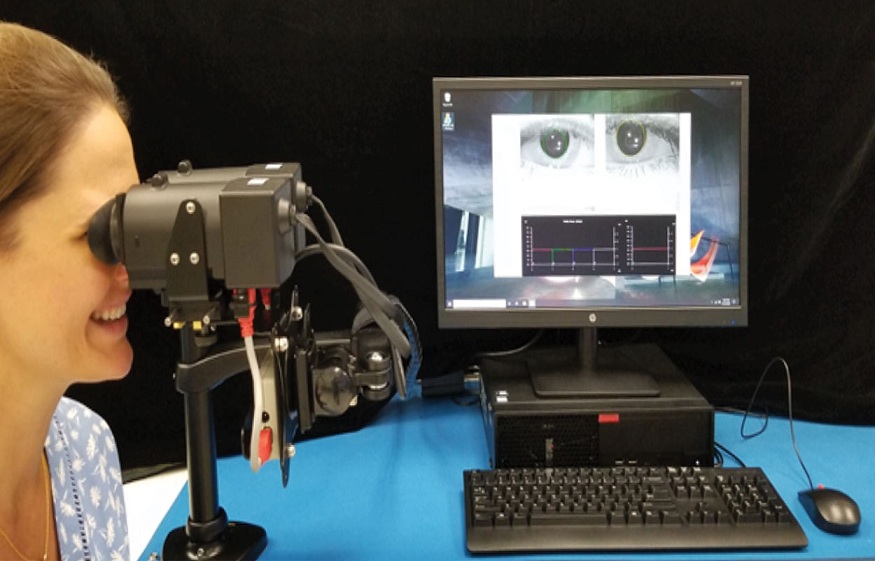
The Role of Pupil Response in Ophthalmology: How NeurOptics’ Technology is Advancing Diagnosis and Treatment?
Pupil response in ophthalmology is critical to diagnosing and treating various eye conditions. Accurate diagnosis and timely treatment are essential for better patient outcomes. NeurOptics, a leading company in the field, has developed advanced technology to improve the assessment of pupil response, paving the way for more effective diagnosis and treatment of various eye and neurological conditions.
Understanding Pupil Response
Pupil response, or pupillary light reflex, is the constriction and dilation of the pupil in response to changes in light levels. It is an important indicator of eye health and neurological function, helping medical professionals detect issues that may not be apparent through other means. Pupil reactivity aids in diagnosing various eye conditions such as glaucoma, optic nerve disorders, retinal diseases, and neurological disorders like stroke and traumatic brain injury.
The Current State of Pupil Assessment
Traditional methods of assessing pupil response, such as the penlight test, can be subjective and error-prone. These methods rely on the clinician’s experience and judgment, leading to potential misdiagnosis and inconsistent results. Consequently, there is a growing need for more accurate, objective, and reliable assessment tools to improve patient care and outcomes.
NeurOptics’ Pupillometry Technology
NeurOptics addresses these limitations with its innovative pupillometry technology. This non-invasive method accurately measures pupil response by quantifying the pupillary light reflex through precise measurements. NeurOptics’ technology offers numerous advantages over traditional methods, including improved accuracy, objectivity, and consistency, ultimately leading to better diagnosis and treatment planning.
Applications in Treating Stroke
Pupil response is significant in identifying stroke severity, as pupillary abnormalities can indicate brainstem involvement. NeurOptics’ technology assists in the early detection of stroke symptoms, allowing for rapid assessment and timely intervention. Swift and accurate evaluation of stroke patients is crucial for optimal treatment outcomes and minimizing long-term complications.
Applications in Traumatic Brain Injury
Pupillary response in traumatic brain injury can reveal crucial information about the extent of brain damage. NeurOptics’ pupillometry technology helps clinicians accurately assess the severity of the injury, guiding them in creating appropriate treatment plans. Accurate assessment of traumatic brain injury contributes to better patient care and improved recovery prospects.
Applications in Neurological Disorders
Pupil response is essential in diagnosing neurological disorders, as it can reveal dysfunction in various parts of the brain. NeurOptics’ technology assists in detecting conditions such as multiple sclerosis, Parkinson’s disease, and other neurodegenerative disorders by providing objective and quantitative measurements of the pupillary response. In addition, the precise analysis offered by their pupillometry technology can also aid in the early detection of less common neurological conditions like Guillain-Barré syndrome, myasthenia gravis, and certain types of encephalitis.
Accurate diagnosis is vital for effectively treating and managing these complex conditions. It allows healthcare providers to tailor their therapeutic approach to each patient’s needs. By incorporating NeurOptics’ advanced pupillometry technology into the neuro exam, medical professionals can make more informed decisions, leading to better-targeted treatments, improved patient recovery rates, and enhanced quality of life for those with neurological disorders.
Impact on Patient Outcomes
NeurOptics’ technology significantly improves patient outcomes by reducing misdiagnosis and treatment complications. Through advanced neurological tools like the NPi-300 pupillometer, clinicians can make more informed decisions, leading to better-targeted treatments and improved patient recovery rates.
Future Developments in Pupil Response Technology
NeurOptics remains committed to advancing its pupillometry technology and developing new applications for improving ophthalmology and neurology diagnosis and treatment. Potential advancements in pupillometry may include enhanced portability, seamless integration with electronic medical records, and real-time monitoring of pupillary response for critically ill patients. These innovations will continue to drive improvement in ophthalmology and neurology care.
Conclusion:
The role of pupil response in ophthalmology cannot be overstated. It is critical in diagnosing and treating various eye and neurological conditions. NeurOptics’ advanced technology has revolutionized the field by providing more accurate, objective, and consistent assessments of pupil response, ultimately leading to improved patient care and outcomes.
Adopting innovative technologies like NeurOptics’ pupillometry is crucial for advancing ophthalmology and neurology diagnosis and treatment. As medical professionals, we must stay informed about the latest developments and embrace the power of these cutting-edge tools to provide the best possible care for our patients.


